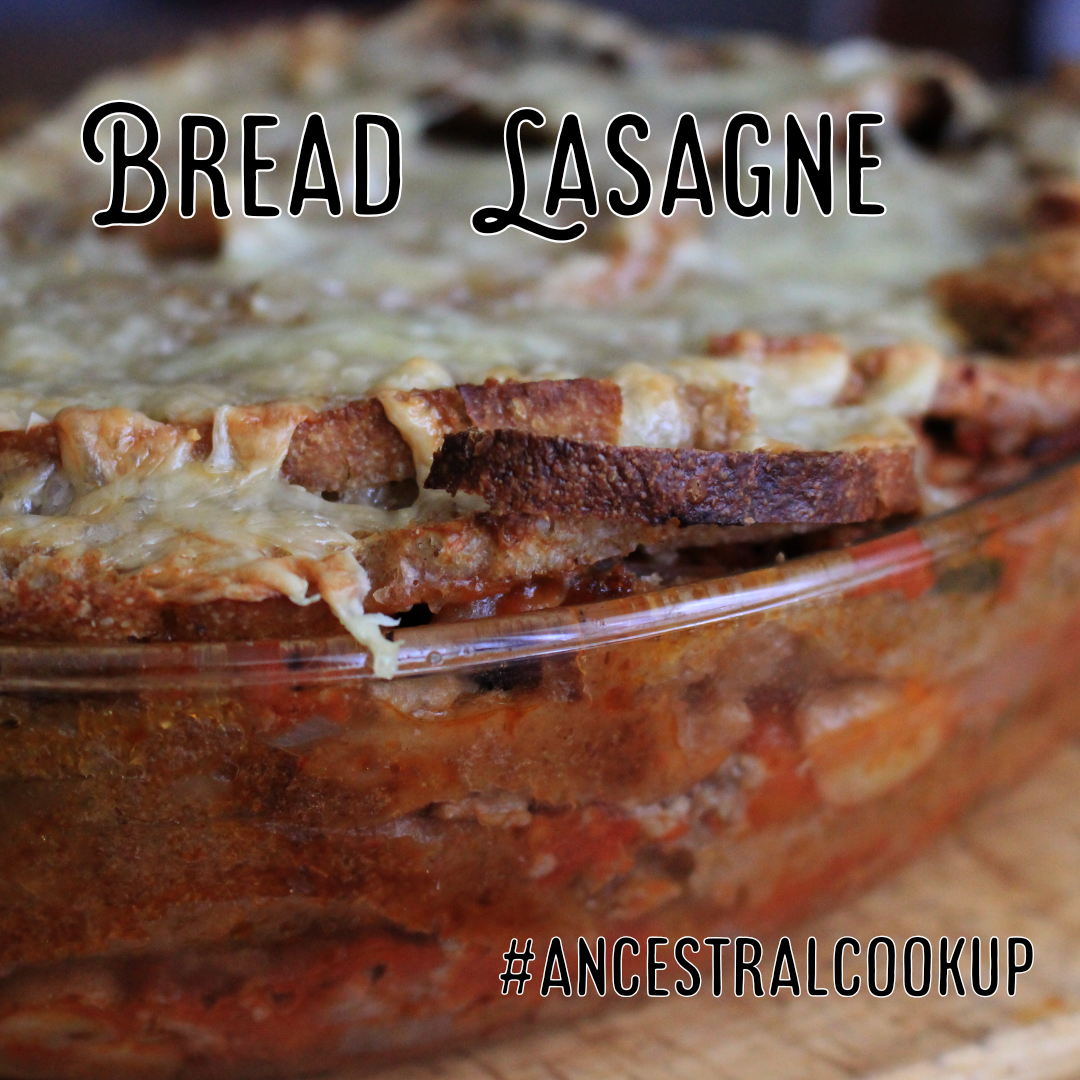Fermented barley and rye cakes baked in cabbage leaves. These are an #anccestralfood version of a recipe in the Russian cookbook ‘Beyond the North Wind’. I soaked the flours in #rawgoatmilk kefir overnight and then added in some melted ghee. Baked in a very hot oven, the cabbage crisps and the cakes are creamy and gorgeous.

Fermented barley and rye cakes baked in cabbage leaves. These are an #anccestralfood version of a recipe in the Russian cookbook ‘Beyond the North Wind’. I soaked the flours in #rawgoatmilk kefir overnight and then added in some melted ghee. Baked in a very hot oven, the cabbage crisps and the cakes are creamy and gorgeous.










